Jan's Computer Basics:
Output: Other Output Devices
Special tasks require special equipment. Some, like a GPS mapping device, contain their own special-purpose computer. Others connect to a computer.
Examples of activities that use special devices: record earthquake tremors, display CT scans and digital X-rays, analyze a recording in a sound studio, find metal fatigue in aircraft structures.
We have more and more special tasks every day that use computers and thus require print or screen display or some other kind of output, such as microfilm or projection on the wall or growing a 3-D model.
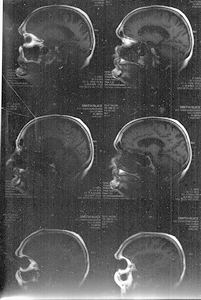
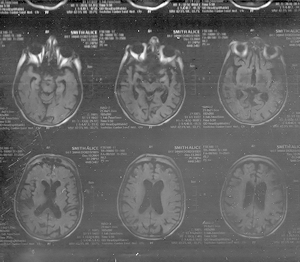
CT scans of the brain - side view, top view
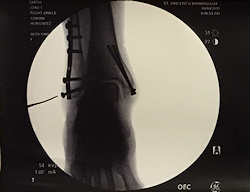
X-ray: ankle screws are coming unscrewed - Ouch!
Examples:
Data projectorsProjects your computer screen onto a wall screen. This is how your PowerPoint presentations gets seen by the whole group. |
Microfilm (COM)Computer Output Microfilm |
|
|
|
3D PrintingAdditive technology can 'print' or 'grow' a 3-dimensional object for you. Pop your design in to the computer that runs the machine and it starts laying down stacks of thin layers and 'glues' them together in just the right spots. Very useful to create prototypes of devices or scale models of buildings or whole cityscapes. Who knows what we will be ''printing" in the future!
Credit: GrowIt
|
SoundComputers can output voice messages, music, data as sound, and all those ring tones you bought for your smart phone. (Yes, your phone is a computer, too!) Of course you have to have speakers or headphones and a sound card.
|
|
Copyright (c) 123RF Stock Photos |
|
Medical DevicesMachines that measure rates like EKG and EEG machines often produce both onscreen and paper versions.
Normal heart rate (EKG)
Normal brain waves (EEG)
Medical monitor with touch screen |
Technical MeasurementsMany engineering and technical areas use devices that take input from various measuring devices and turn the numbers into charts of some sort. For example, a seismograph records the vibrations of the ground during an earthquake.
Seismograph of small earthquake © unknown |

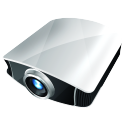



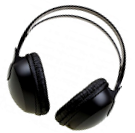
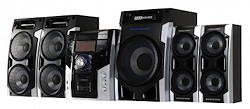

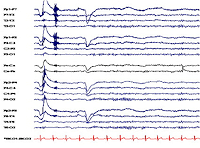
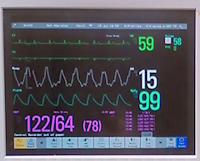
![Earthquake measurement]](earthquake-strip.png)